We’re putting the finishing touches on Chapter 9 of our upcoming book on ARM processors in mobile, this chapter looking at the evolution of Qualcomm. One of the things that made Qualcomm go was their innovative use of digital simulation. First, simulation proved out the Viterbi decoder (which Viterbi wasn’t convinced had a lot … Read More
Author: Don Dingee
Last line of defense for IoT security
If I grab 10 technologists and ask what are the most important issues surrounding the Internet of Things today, one of the popular answers will be “security.” If I then ask them what IoT security means, I probably get 10 different answers. Encryption. Transport protocols. Authentication. Keying. Firewalls. Secure boot. Over-the-air… Read More
Testing Ethernet with virtual co-modeling
Ethernet is suddenly a hot topic in SoC design again. The biggest news may be this: it’s not just the cloud and enterprise networks. Those are still important applications. The cloud is driving hard for more ports at 25G server and 100G switch speeds according to a recent Dell’Oro Group report. Enterprise networks are driving for… Read More
CEVA achieves first certified Bluetooth 4.2 IP
SoC designers working on chips for the IoT and wearables now have access to cutting-edge certified Bluetooth Smart technology from CEVA. At Bluetooth ASIA in Shanghai, CEVA announced the RivieraWaves Bluetooth Smart 4.2 IP Platform has achieved full certification by the Bluetooth SIG to the Bluetooth 4.2 specification using… Read More
Aldec updates two EDA product lines
Continuous, incremental improvement based on customer feedback and insight from researchers is a pillar of the Aldec EDA strategy. Within the last two weeks, two of the Aldec product lines – Riviera-PRO, and ALINT-PRO-CDC – have seen new version releases. Here’s a quick look at some of the highlights of both.
Riviera-PRO 2015.06… Read More
More FPGA-based prototype myths quashed
Speaking of having the right tools, FPGA-based prototyping has become as much if not more about the synthesis software than it is about the FPGA hardware. This is a follow-up to my post earlier this month on FPGA-based prototyping, but with a different perspective from another vendor. Instead of thinking about what else can be done… Read More
Taking prototyping beyond prototypes
Everyone has heard the expression, “Half the job is having the right tool.” In the case of FPGA-based prototyping, however, the right tool for the job is only the beginning. What teams really need to think through is what exactly should be done with an FPGA-based prototyping tool?
The obvious answer is prototyping an SoC, pre-silicon.… Read More
Xilinx in an ARM-fueled post-Altera world
When the news broke about the on, off, and on-again Intel-Altera merger a few weeks ago, I checked off another box on my Six Degrees of Kevin Bacon scorecard. That plus a $5 bill gets me a Happy Meal at McDonalds, but in a post-Altera world, it might be worth more.
On January 16, 2008, I’m sitting in a meeting with some Intel strategic marketing… Read More
DDR stands for Don’t Do (Just) RTL
In optimizing SoC design for performance, there is so much focus on how fast a CPU core is, or a GPU core, or peripherals, or even the efficiency of the chip-level interconnect. Most designers also understand selecting high performance memory at a cost sweet spot, and optimizing physical layout to clock it as fast as possible within… Read More
5 Things Chipmakers Are Missing on the IoT
When the RISC movement surfaced in 1982, researchers analyzed UNIX to discover what instructions multi-user code was actually using, and then designed an instruction set and execution pipeline to do that better. Fewer instructions meant fewer transistors, which led to less power consumption – although in the original… Read More


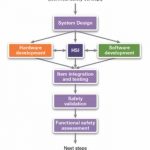
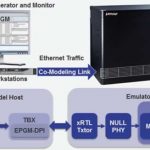
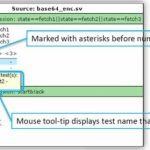
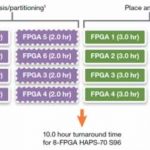
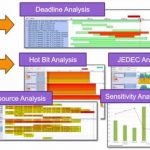


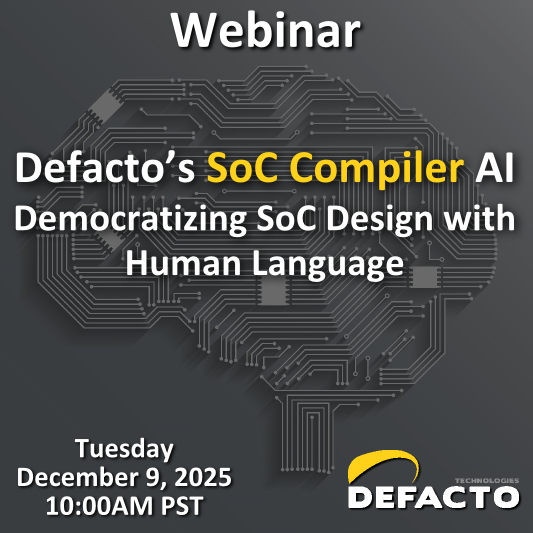




Jensen Huang Drops Donald Trump Truth Bomb on Joe Rogan Podcast